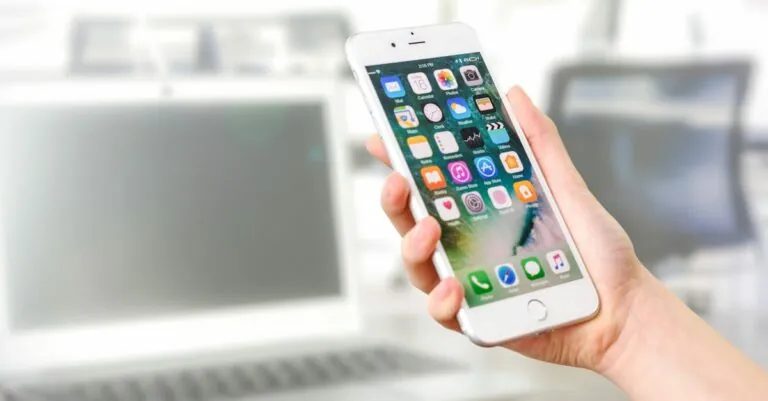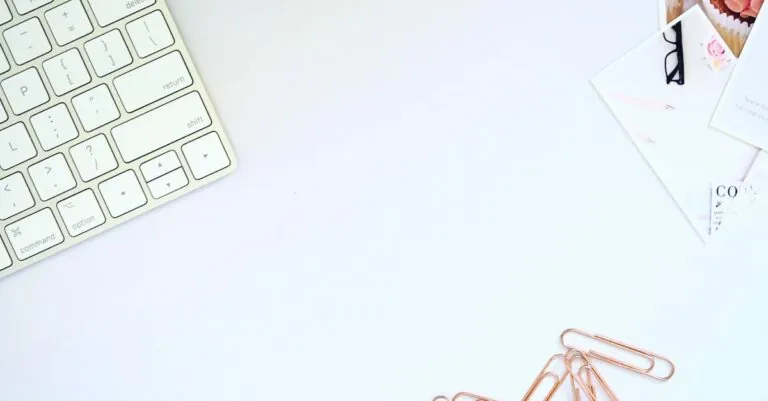In a world where sharing your epic vacation photos and the latest cat videos is a must, connecting your iPhone to a projector with HDMI can turn any room into a mini theater. Imagine dazzling your friends with a cinematic experience right in your living room or impressing colleagues during presentations. Who needs a fancy conference room when you’ve got your trusty iPhone and an HDMI cable?
Table of Contents
ToggleUnderstanding HDMI Connections
HDMI connections provide a straightforward way to connect devices like iPhones to projectors. This digital interface ensures high-quality video and audio transmission.
What Is HDMI?
HDMI stands for High-Definition Multimedia Interface. This standard connects various multimedia devices, offering both audio and video signals through a single cable. Adopting HDMI simplifies connections, reducing cable clutter. Many projectors support HDMI, making it a popular choice for presentations and home theater setups. Compatibility remains a crucial factor, as most modern devices utilize HDMI ports.
Benefits of Using HDMI for Projectors
Utilizing HDMI for projectors ensures high-resolution images. Clarity in visuals enhances both personal and professional presentations. Sound quality also improves, as HDMI transfers audio signals alongside video. Setup remains straightforward, with minimal cables required for connecting devices. This method supports various resolutions, including 4K and 1080p, catering to diverse project requirements. Overall, HDMI provides an efficient and reliable method to showcase content effectively.
Required Equipment
To connect an iPhone to a projector via HDMI, specific equipment is necessary for proper functionality. Below are the essential components.
HDMI Adapters for iPhone
Apple offers several HDMI adapters for iPhone users. The Lightning Digital AV Adapter connects the iPhone’s Lightning port to an HDMI cable. An alternative, the USB-C to HDMI Adapter, serves those with newer iPhone models. These adapters support HD video and audio, ensuring high-quality transmission when linking the iPhone to a projector. Users must remember that some third-party adapters may not provide optimal performance. For reliable connections, utilizing official Apple products is recommended.
Compatible Projectors
Most modern projectors feature HDMI inputs. Users can find a wide range of options, including portable projectors and those designed for home theaters. When choosing a projector, consider the resolution specifications, as higher resolutions provide clearer images. Some projectors also support features like screen mirroring or wireless connectivity, enhancing user experience. Researching models that explicitly mention compatibility with HDMI connections ensures a smooth connection process. It’s crucial to check specifications before making a purchase.
Step-by-Step Guide
Follow these steps to connect an iPhone to a projector using HDMI for a seamless experience.
Connecting Your iPhone to the Projector
Start by gathering necessary equipment like a Lightning Digital AV Adapter or a USB-C to HDMI Adapter. Plug the chosen adapter into the iPhone. Next, connect an HDMI cable to the adapter and then to the projector’s HDMI port. Turn on the projector and select the correct HDMI input source using the projector’s remote or control panel. This straightforward setup allows the iPhone’s screen to mirror on the projector.
Configuring Display Settings
Adjusting display settings ensures optimal viewing. Open the ‘Settings’ app on the iPhone, then tap ‘Display & Brightness.’ Enable ‘Mirror Display’ if it’s not already working. Users might need to go back to the Home screen for some content types to be displayed properly. Check the projector for any specific configurations, such as resolution settings, that may enhance image quality. A quick review of these settings can significantly improve the viewing experience.
Troubleshooting Common Issues
Connecting an iPhone to a projector via HDMI can sometimes lead to issues. Addressing common problems ensures a smoother experience.
No Signal Error
A “No Signal” message typically appears when the projector doesn’t detect the iPhone. Users should check that all connections are secure. Verifying the correct HDMI input on the projector enhances connection chances. Restarting both the iPhone and projector often resolves temporary glitches. It can help to test the HDMI cable with another device, as faulty cables may cause issues. Adapters should also be examined; using an official Apple adapter prevents compatibility problems.
Audio Not Working
Missing audio during presentations can hinder the viewing experience. Ensuring the projector is selected as the audio output source is essential. Sound settings on the iPhone must be checked to confirm that the volume is turned up. Users should also verify that the projector supports audio transmission via HDMI, as some models only handle video. If problems persist, switching the audio output back and forth between the iPhone and projector can sometimes restore sound.
Connecting an iPhone to a projector with HDMI opens up a world of possibilities for both entertainment and professional use. Whether sharing cherished memories or delivering impactful presentations, this setup enhances the viewing experience significantly.
By following the right steps and using compatible equipment, users can ensure a smooth connection process. Troubleshooting common issues further simplifies the experience, allowing for seamless transitions between personal and professional settings.
Embracing this technology not only elevates presentations but also transforms gatherings into memorable events. With the right tools and knowledge, anyone can easily create a mini theater or deliver stunning visuals on a larger screen.





